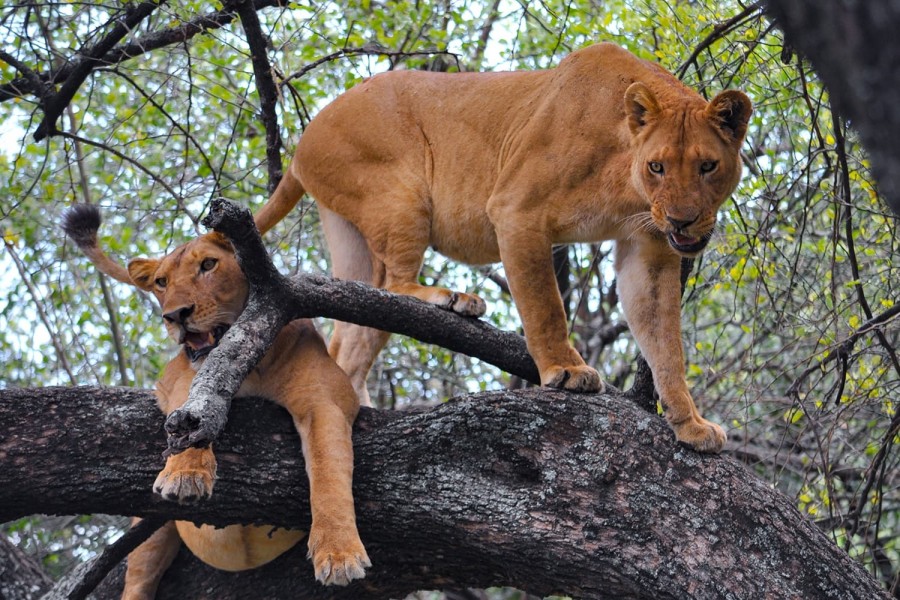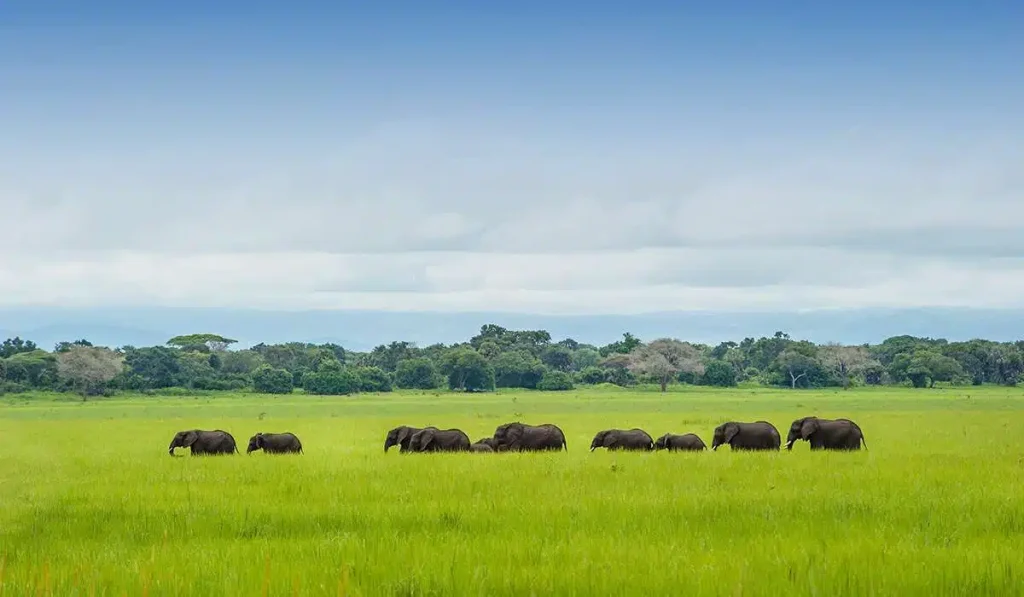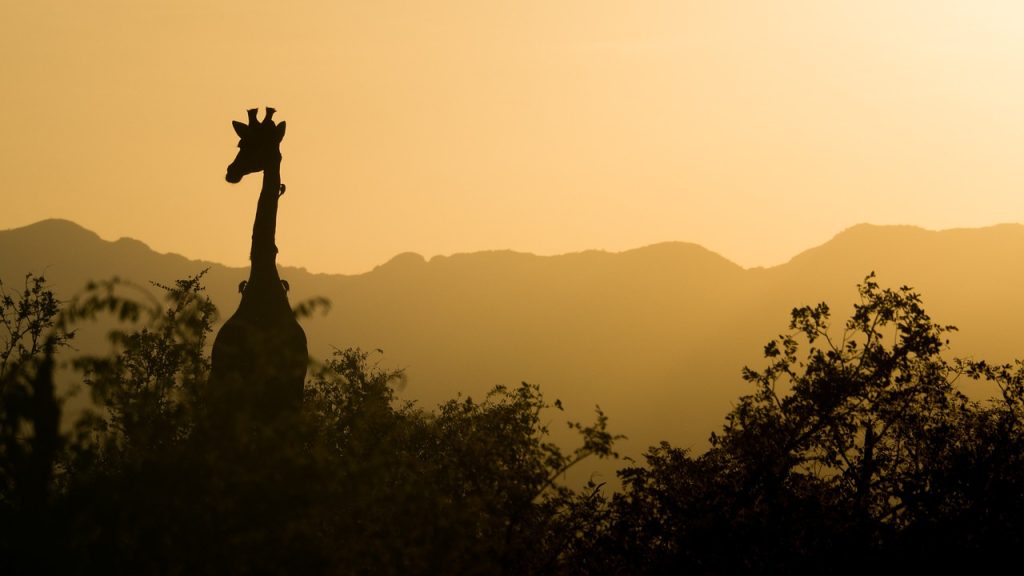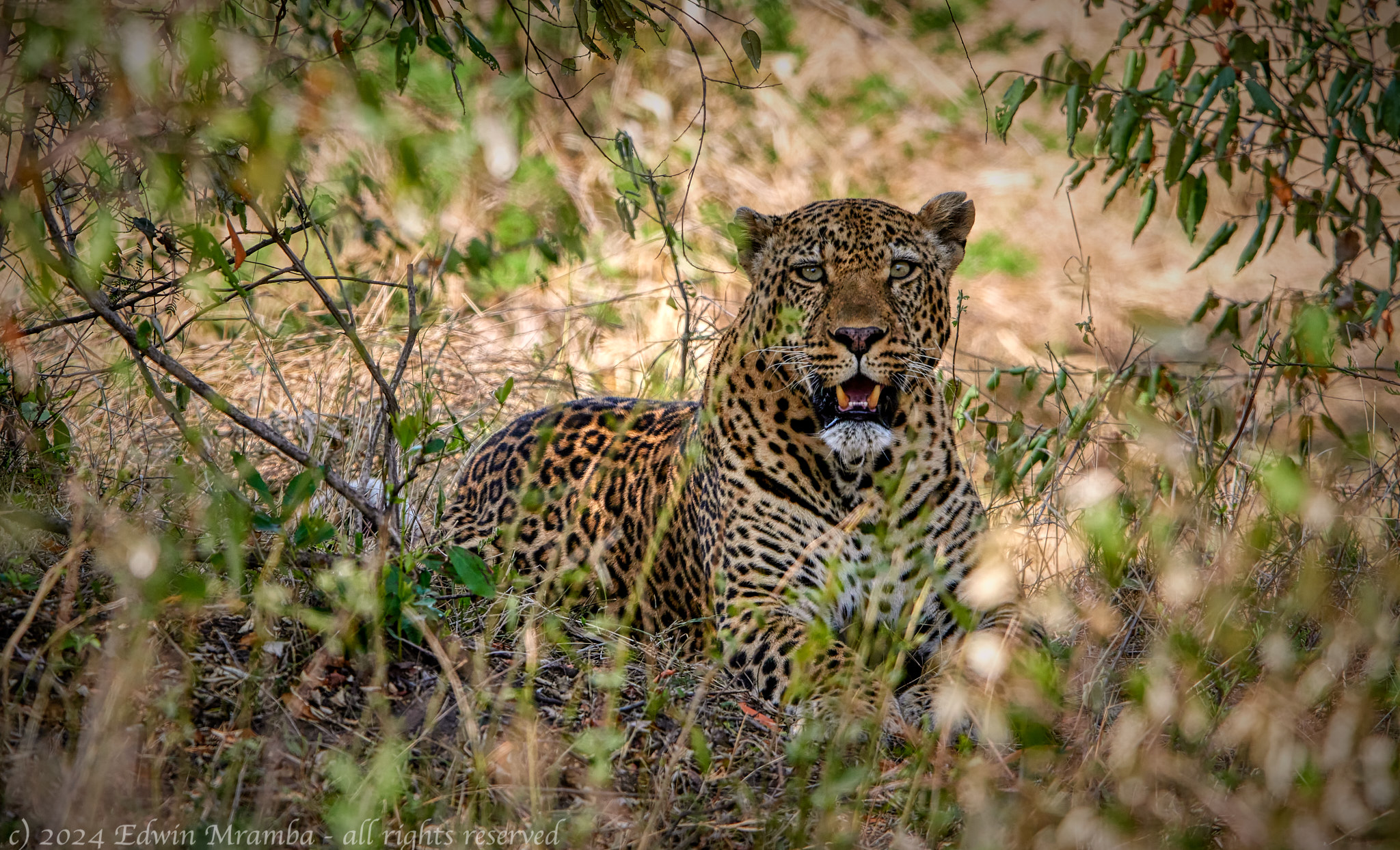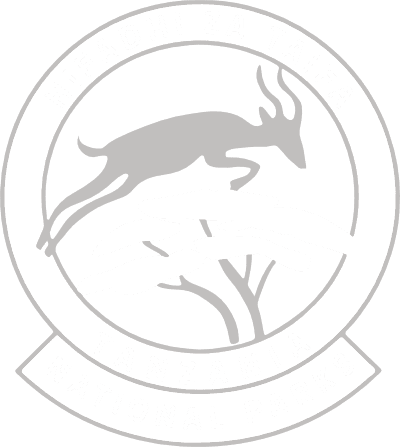TARANGIRE NATIONAL PARK
Join us on a Tarangire Safari!
Often described as Tanzania’s most underrated national park, Tarangire National Park is one of Africa’s hidden gems and a must-visit on any northern circuit itinerary. With only a fraction of the Serengeti’s visitors, it offers a more exclusive and spacious experience. Tarangire boasts a diverse array of wildlife and landscapes, and it is home to the largest population of elephants in Tanzania, making it arguably the best place in the world to see African elephants.
With four of the Big Five residing in the park, it’s an excellent spot for a day trip from Arusha or as an addition to a Serengeti/Ngorongoro-focused itinerary. Tarangire National Park is situated between the Maasai Steppe meadows to the southeast and the lakes of the Great Rift Valley to the north and west, about 120 kilometers from Arusha. As one of the most seasonal parks in northern Tanzania, Tarangire experiences significant migratory movement within its ecosystem. This dynamic environment makes Tarangire a fantastic park to revisit on a second or third safari, as it always has something new to offer.
WILDLIFE IN TARANGIRE NATIONAL PARK
The wildlife you encounter in Tarangire National Park varies with the seasons. From November to May, some animals leave the park, but they return to the Tarangire swamps during the dry season, from June to October, especially around the river system. During this time, herds of up to 300 elephants search the dry riverbed for underground streams, while migratory buffalo, impala, wildebeest, zebra, gazelle, hartebeest, and eland gather around the shrinking lagoons. The park hosts the greatest concentration of wildlife outside the Serengeti, making it a haven for predators. It’s also the only place in Tanzania where dry-country antelope like the fringe-eared oryx and long-necked gerenuk are regularly seen.
The swamps attract 550 bird species, boasting the highest number of breeding species in one habitat anywhere in the world, making Tarangire a renowned safari destination for bird enthusiasts.
Common animals in Tarangire include leopards, lions, hyenas, and cheetahs, which are often found in the southern open areas. However, the thick vegetation can make spotting these predators more challenging compared to other parks in northern Tanzania. The park’s large elephant populations and colossal baobab trees make it a popular destination for photography safaris. If time permits, we recommend staying for a few days in the southern part of the park, as it is less crowded and offers a more immersive backcountry experience.
PLANT LIFE IN TARANGIRE NATIONAL PARK
The name of the park comes from the Tarangire River, which flows through it and serves as the only water source for wildlife during the dry seasons. Although the river itself can become extremely dry, even more so than the Serengeti, the vegetation in Tarangire remains much greener. The park is characterized by lush elephant grass, extensive mixed acacia woodlands, and iconic baobab trees. The baobab, also known as the Tree of Life, is especially prominent in Tarangire. These trees can store between 300 and 1000 liters of water in their trunks and can live up to 600 years. Additionally, the park features numerous wide swamps that transform into green plains during the dry season, particularly in the south. The vegetation is dominated by dry open woods, acacia thickets, and significant baobab trees.
ACTIVITIES IN TARANGIRE
Tarangire offers more than just traditional game drives. It is an ideal destination for those looking to explore the region through various activities. Walking safaris provide the opportunity to study the smallest creatures and learn about animal tracking up close. For a completely different perspective, you can take a dawn hot-air balloon ride or go on a night drive to observe nocturnal wildlife. With so many incredible ways to explore Tarangire, Mirable Safaris has the local knowledge and resources to make your adventure unforgettable!


